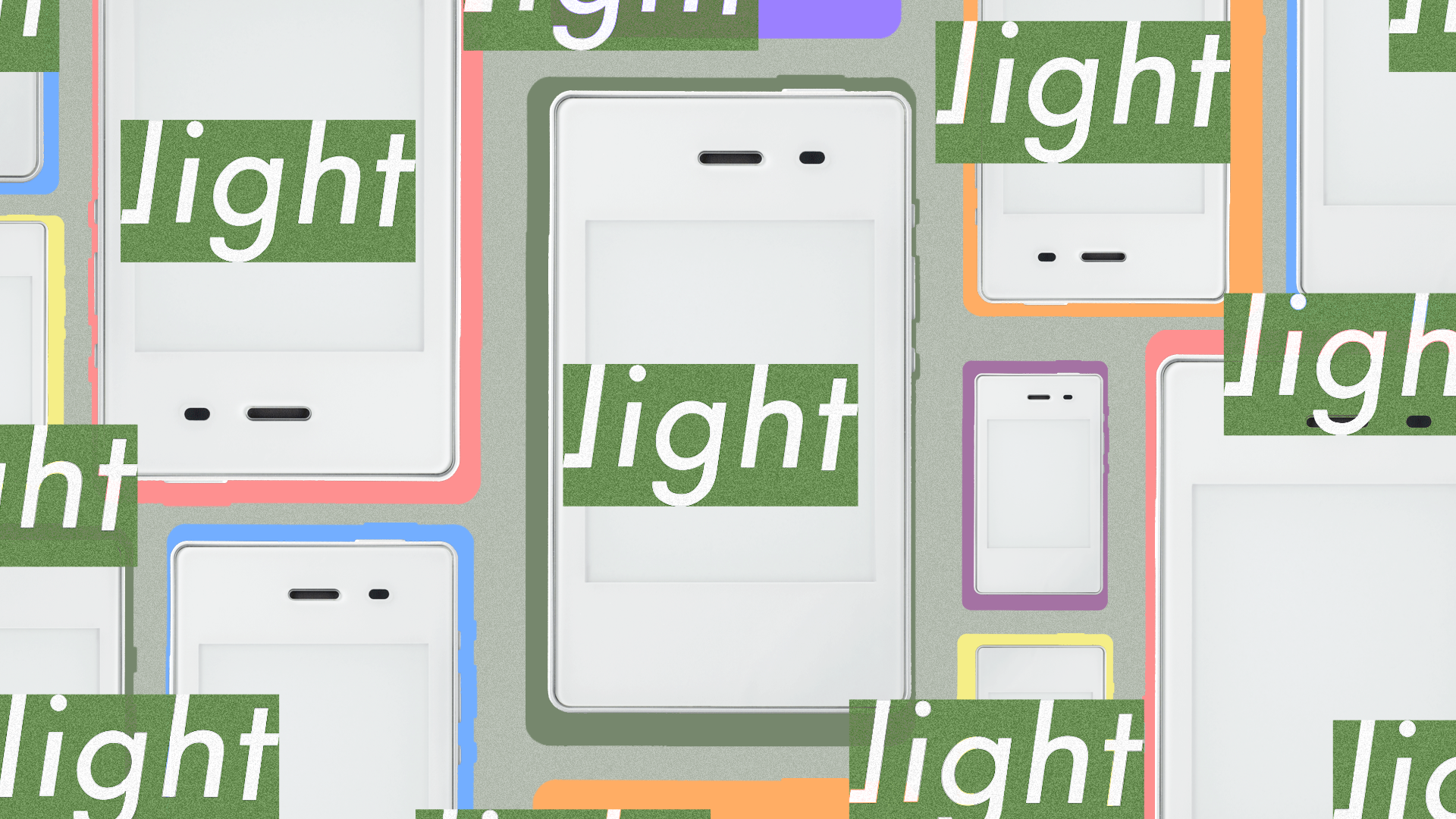Dumb phones offer many of the more essential features we expect from our handheld devices (such as the ability to call and text) but you won’t find yourself browsing Instagram or checking TikTok on them.
As consumers become more clued-up on the downsides of smartphone use — with negative impacts on everything from mental health to relationships — interest in alternative ‘dumb phones’ is rapidly growing.
This comes at a time when 51% of Gen Z and Millennials often daydream about life without social media, with 60% of Gen Zers wanting to return to a pre-social media era.
These stats may seem unexpected, but when you consider the impact social media has had on younger generations (wrecking sleep, polarising politics, and encouraging negative self-image, to name just a few things) it’s not overly surprising that the prospect of ditching smartphones for something simpler appeals.
The offering of the core features of a phone, but without the time-sucking distractions that usually come with one, is admittedly only part of the appeal to Millennials and Gen Zers.
Both generations are known for their love of nostalgia (curiously, a third of Gen Zers feel nostalgic for the nineties, even though most never lived in that era), and the Y2K aesthetic of many dumb phones have helped the devices to trend on TikTok, with videos featuring the phones garnering millions of views.
The latest development in the world of dumb phones is the partnership between Kendrick Lamar’s PGLang and Light Phone for a limited release of the Light Phone II. This ‘boring’ phone is designed to be ‘used as little as possible,’ and the makers have pledged that their phones ‘will never have social media, clickbait news, email, an internet browser, or any other anxiety-inducing infinite feed’.




















